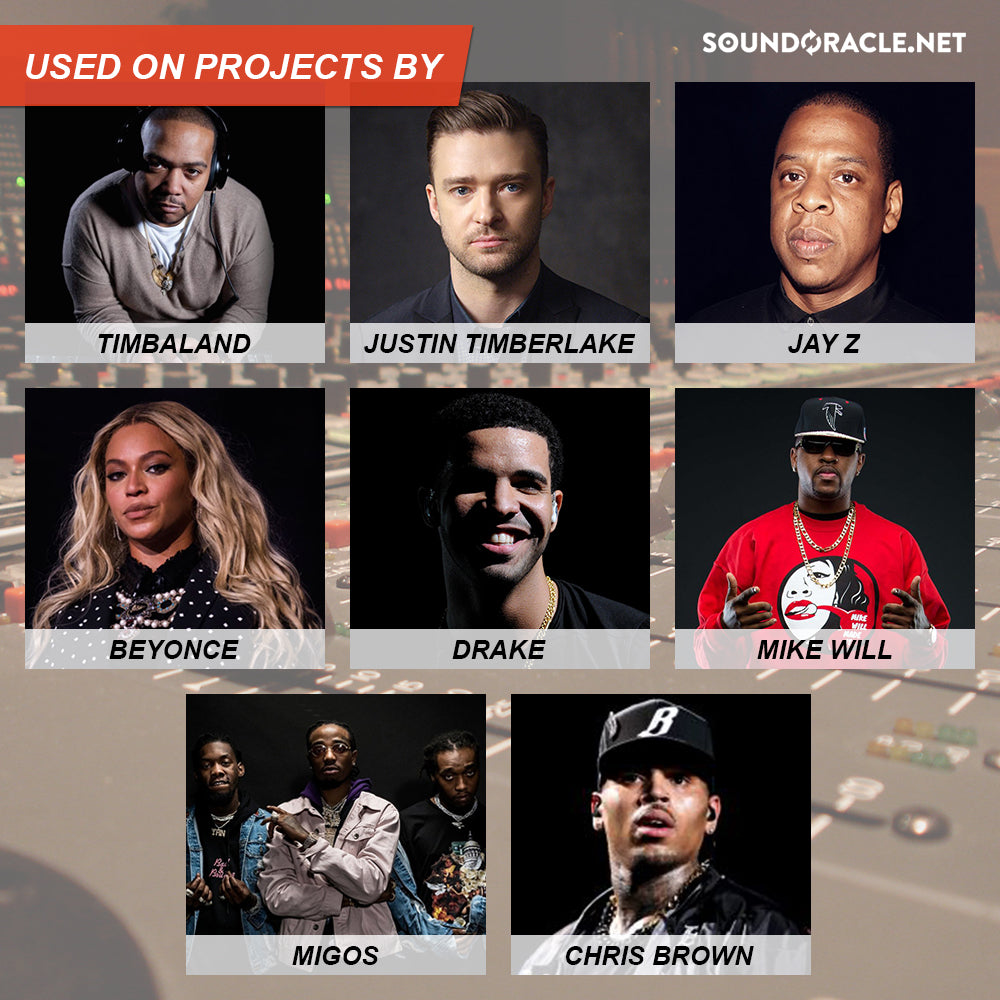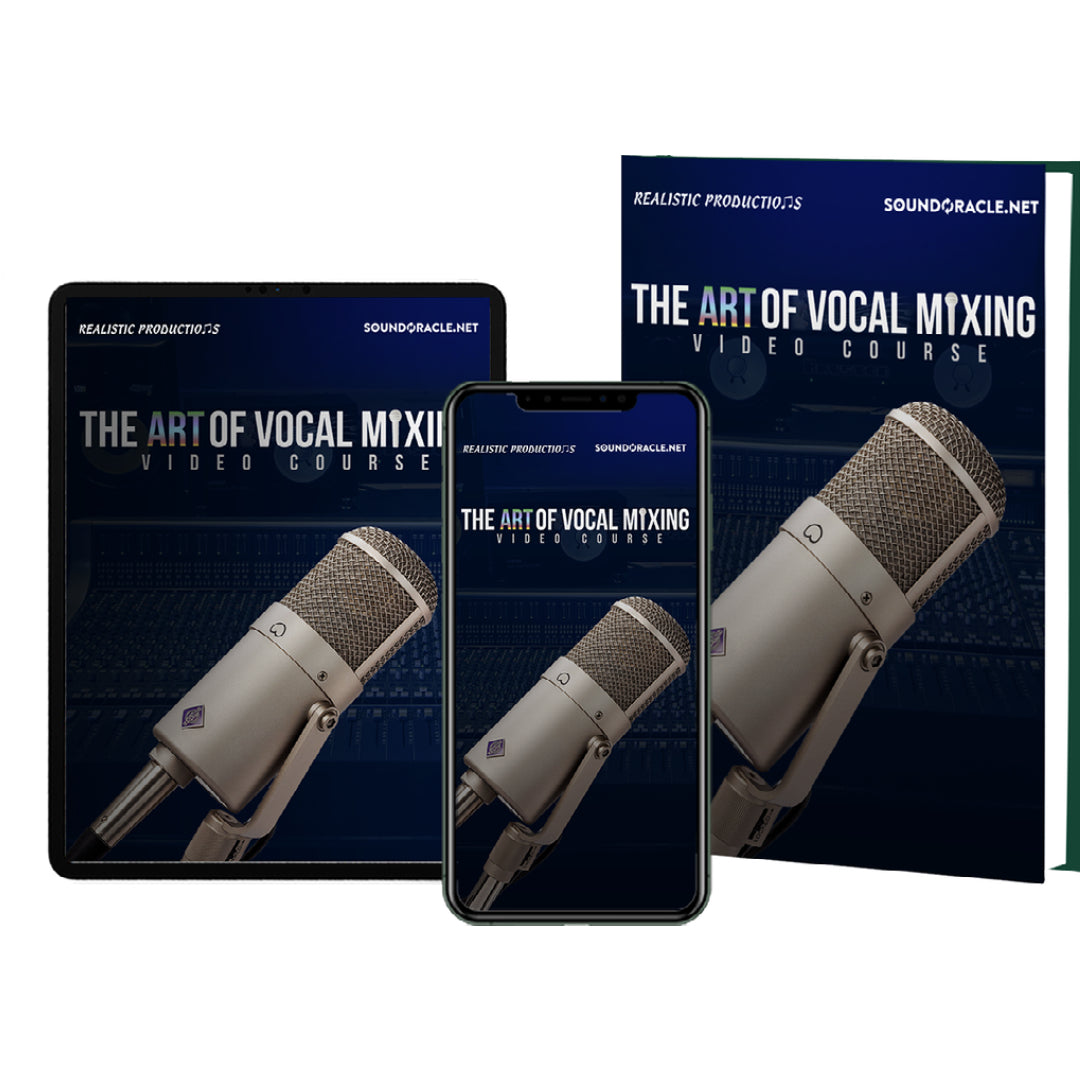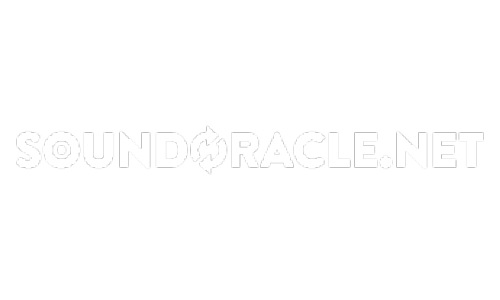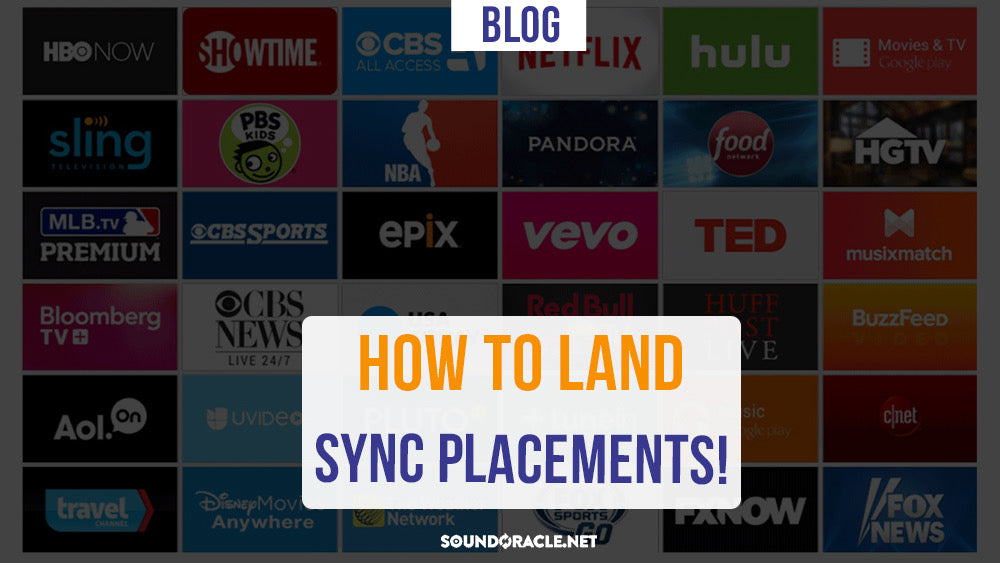
How To land Sync Placements
Written By: Eric “Realistic” Michael
For most of us that create music, one of the goals is to make a living off of our music. For some of us that means all the fame & fortune, while others are just looking to cover all their living expenses from the money they make from music. Either way, one of the best ways to make money off of the music you make is through sync licensing or publishing companies.
Working with publishing companies is one of the best ways to make money off of your music. It’s great for producers because a lot of sync placements are looking for instrumentals more than they are full songs. Think about when you watch shows on Netflix, commercials, or highlight reels on ESPN. Most of the time they’re just instrumentals playing in the background. Even cooking shows or interior design series have music playing in the background. Don’t worry though, songs with vocals & lyrics still get placed quite often.
What Are Synchronization Licenses?
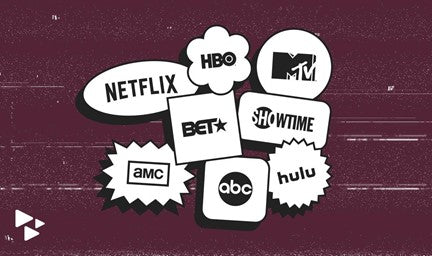
Sync licensing is when you grant a music license to be used by a third party. The license allows the licensee or purchaser the right to use the song or beat in a visual piece such as a commercial, ad, video game, YouTube video, show, or movie. Just remember though mechanical licenses are for audio-only. While synchronization licenses are for video. You can also still receive performance royalties from your PRO every time the song is played. This is paid out from your PRO usually & not the licensee or publishing company. We’ll talk about registering your songs later on though.
Usually, the licensee will pay an upfront fee to purchase the right to use your musical piece in their work. The purchase amount depends on a few things:
- The media that the sync will occur on like TV, YouTube, Commercial, Video Game, etc.
- How long the sync license will run for. One time, a week, a month, a year, etc.
- Where the sync will air. Local stations, nationally, or worldwide.
- How big the song already is. Popular songs that most people have heard will cost more than an unknown song.
The most common way to get your music picked up by a licensor is by submitting your tracks to a publishing company or a music catalog. They will help get your music placed with different companies or purchasers & in turn the publishing company will receive a cut of the money - usually 50%. Sometimes these companies will actively shop your songs, while other companies just have a music catalog on their site that potential purchasers can sign on to & browse through. Usually, these data systems have easy to use search engines with options for tags & filters to make it easy for the purchaser to find exactly what they are looking for.
What To Expect For Your Sync Deals

For most people, they land their sync placements through a publishing company or music catalog. This makes it easier for your songs to be placed because these companies have relationships & clientele that you otherwise would not have access to. So because they have all of that already built up, they will take a cut of the money you receive from the purchaser. The most common number you will see is 50%. This is the publisher's share. You & your co-writers (if any) will receive the other 50% which is called the songwriter’s share. If you have co-writers, you will split the remaining 50% up amongst each other.
The publishing company taking 50% is pretty much the standard & you shouldn’t be alarmed when you see that number. It is uncommon however, for the publishing company to take more than 50% & that’s when you should raise some concerns about the split. It’s also uncommon for a publishing company to ask you to pay a fee to join their library, for you to submit tracks, or to get songs placed. Anytime a publishing company asks you to pay anything to get placed is cause for concern. This is most likely a scam & you should take caution.
Some deals are exclusive & some are non-exclusive. There are tons of non-exclusive deals out there though, & we recommend looking for deals that are non-exclusive. Exclusive deals should raise caution unless it’s for a private deal you’re working on such as if Apple hired you to create a song for their upcoming Apple Watch commercials. That deal is probably worth losing your non-exclusive rights though. Take that deal lol!
Non-exclusive deals will allow you to continue to shop & sell your music. This means that you could still keep your beat on your beat store & sell it to artists, get it placed with artists, or you could shop the song or beat to another publishing company. These deals are more common & usually come from more legitimate companies. You should be able to retain the copyright to the master recording or composition. Don’t submit the same song to too many libraries though. After a while, they may blackball your song if submitted to too many publishing companies.
One last thing to expect & to consider is usually you will have to give up your right to be selective of where your song is placed. You will have no input based on your moral personal reasons. This means that the song could be placed in a political campaign or with a company that you don’t support or are against & you will have to accept that’s where the song is placed & you will not have the right to deny them the right to use the song after they have purchased the license.
The purchaser usually will also have the right to alter the song as they see fit. They could pitch the track up or down, speed or slow it down, rearrange it, or chop it up to their liking. You won’t have any say in this or be granted pre-approval.
Creating Descriptions & Tags

When it comes to sync, metadata is incredibly important, as it enables music supervisors—those whose job it is to zero in on it and select suitable songs for visual-media projects—to quickly find the perfect fit for their needs.
Depending on the platform you use, carefully and accurately selected, descriptive, and creative metadata such as genre, mood, and theme, assist with your music’s discoverability. You will want to properly tag your tracks with the appropriate moods & genres. Some companies have a tagging system in place that you can check off boxes, while others will have you write in what the moods & genres are. This then allows the purchaser to simply type in things like happy, money, sports, romantic, sad, etc to narrow down the possible songs & find exactly what they’re looking for. It is very important that you choose your tags based on what the song actually is & not just what you think would be a popular tag. Your song could be flagged or removed if you keep using the wrong tags that don’t fit the song.
Lots of companies will want you to write a short 1-3 sentence description of each track as well mentioning what the track is intended for (I.e fight scene in a movie or smooth ride during a car commercial). You will usually want to include the BPM & key as well.
Creating Multiple Versions
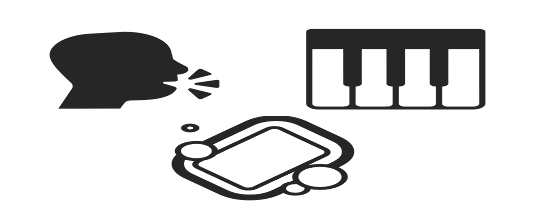
Each company you submit to will usually ask you for alternative versions of the track. Some companies will ask for different versions than others.
You may have to prepare clean versions, instrumentals, acapellas, shortened versions of the song, & even versions where the drums & bass are removed.
Some companies will also want you to submit short previews of the song. Like a 5 second, 10 second, & 30 second preview of the song. This is usually for the search engine so potential buyers can hear a quick snippet of the track. Typically, you should select the best part or most exciting part of the song as your preview.
Have Everything In Order Before You Submit

It can be incredibly helpful, save you lots of time, & give you better accuracy if you have everything in order before you submit your songs.
We can start with a few of the things we discussed earlier:
- Have your songs or beats that you’re going to submit already selected.
- Create all the multiple versions ahead of time.
- Have your moods, genres, & sub-genres already written out.
- Have your 1-3 song description already written out for each song.
You’ll also want to have everything with your Performance Rights Organization (PRO) submitted. The three most common are ASCAP, BMI, & SESAC. You should already be registered with one, but if not, you will want to do that ASAP & definitely before you submit anything. Most publishing companies won’t touch your songs until you register them with your PRO.
Your publishing company is most likely going to want you to submit your PRO affiliation, IPI number, & PRO work number along with the song. That’s why it’s important to have your songs submitted & registered with your PRO prior to submitting your songs to the publishing company. You’re usually going to need to have all of that information included.
So, let’s breakdown a few of those terms & what they are:
PRO Affiliation is the organization you’re registered with. Such as ASCAP, BMI, or SESAC.
IPI Number is an international identification number that is assigned to songwriters and publishers to uniquely identify rights holders. This number should be the same for everything you submit. It’s kind of like your username.
PRO Work Number is the unique number that was assigned to your song. Every song will have a different number.
So now that you have a better understanding of how this all works, you’re ready to start finding publishing companies to submit your music to & start making money!
DESIGNERS
SoundOracle - Owner
SoundOracle (Chief Sound Designer for Timbaland, whose sounds have been heard in over 20 Grammy award-winning songs by artists like Drake, Jay Z, Beyoncé, Justin Timberlake, Chris Brown, and more)
Connect with Oracle:
Instagram: SoundOracle
Twitter: SoundOracle
Youtube: SoundOracle
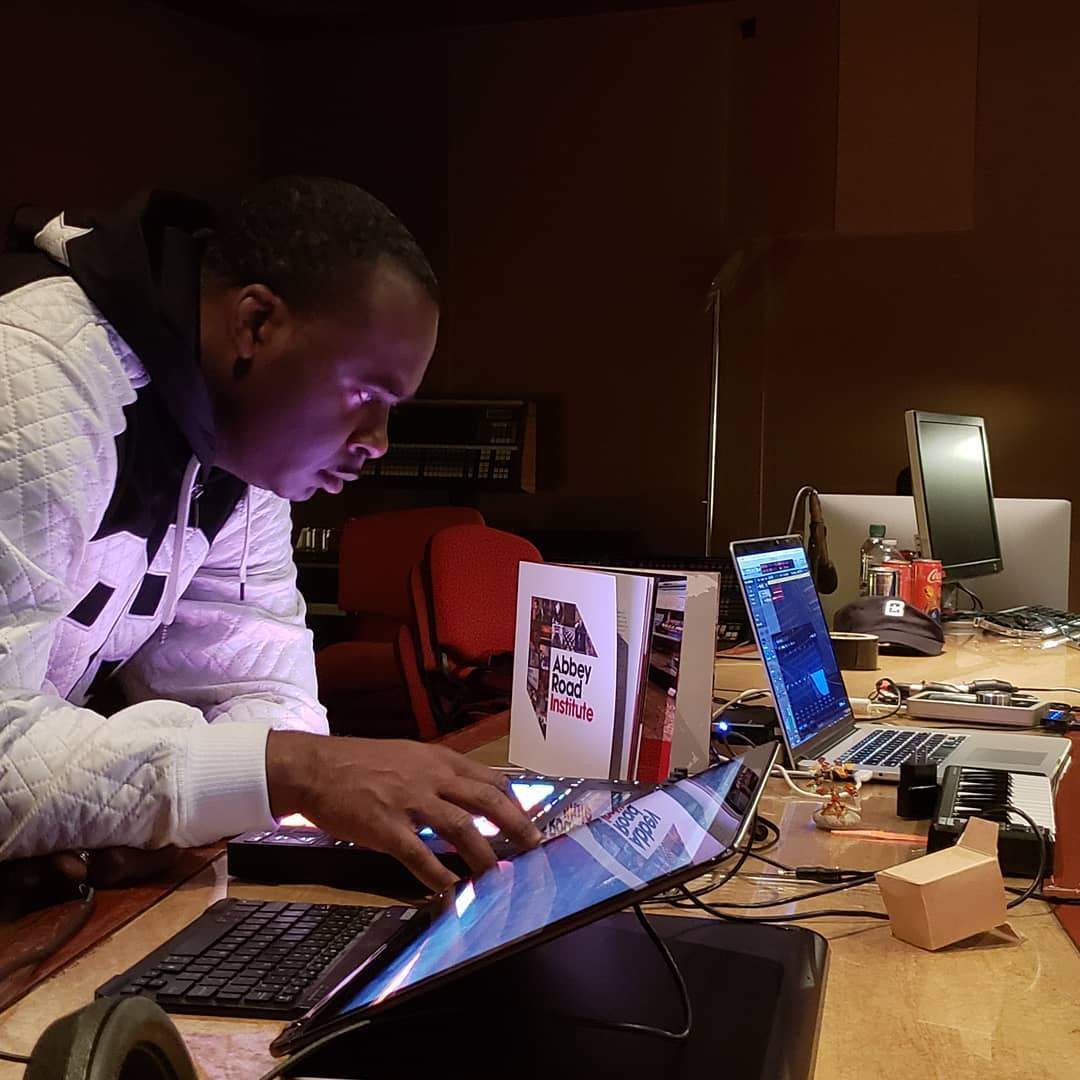
Realistic Production - Engineer
Realistic is a Producer/Engineer located in Atlanta, GA specializing in Hip-Hop, R&B & Pop music. Realistic has been involved in the music industry for over 15 years. He has worked on projects for Talib Kweli, Just Blaze, Musiq Soulchild, Pharoahe Monch, NBA 2k, Skyzoo, BJ The Chicago Kid, Madlib, Ayo-N-Keyz, Billboard Hitmakers, Atmosphere, Brother Ali, Rhymesayers, Hamburger Helper, & LoveOfPharaoh.
CONNECT WITH REALISTIC
Website: www.realisticproductions.net
IG: @RealisticProductions
Twitter: @Realistic_Pro
FB: @RealisticProductionsLLC
Apple Music, Spotify, SoundCloud, etc. - https://fanlink.to/bwW5

COURSES
Courses from soundoracle.net give music producers the resources, information, and techniques they need to take their music careers to the next level. It doesn't matter if you're genres are hip hop, R&B, pop, trap, or boom-bap our courses have you covered.
PIANO FOR PRODUCERS
Everything You Need to Know About Hip Hop and Trap Music Theory, the Formulas To Hit Records, and How to Create Them Instantly
It is NOT another boring course on piano fundamentals & long winded theory talk.
It is NOT about just about teaching you scales and chord progressions - yet you will learn about these things, but on a deeper level than you could have ever imagined and your beats and songs will sound BETTER than they've ever sounded before.
It is NOT a course set up to have you just clone chords and melodies that someone else has done to make hit records. This course will give you the fundamentals and an understanding of how to quickly and easily create hit records yourself.
What’s included:
🎹 Over 55 videos of modern piano techniques
🎹 Over 6 hours of content
🎹 PDF guides to follow along
🎹 Chord & Scale cheat sheets
🎹 Techniques about trap melodies, bass lines, & modern chord progressions.
🎹 In-depth lessons from a renowned instructor with a full master degree in piano composition
🎹 Videos discussing & teaching the styles & musicality commonly used in Modern Hip-Hop, R&B, & Trap Music
🎹Original piano loops composed by Lokii The Composer himself
THE ART OF MASTERING
Everything You Need To Know In Order To Perfectly Master Records With Any DAW And The Plugins You Already Have
It is NOT just another mastering course that uses vague information that wastes your time and money.
It is NOT about just balancing the volume levels - yet this will happen as a result of using these secrets
and your beats and songs will sound BETTER than they've ever sounded before.
It is NOT just about showing you what settings to dial in - every project and every song is different. This course will easily explain the knowledge you need to know what to "dial in" in any situation.
What's Included...
Over 9 Hours Of Expert Techniques
Get years of experience & hundreds of thousands of dollars of education all packed into this professional, affordable course.
Mastering Cheat Sheets In PDF Form
These guides will come in clutch when you need to reference information quickly or are in a pinch when you’re not able to watch a video.
Easy To Understand, Concise Layout
Not only is the information easy to understand, the chapters are laid out in concise bite size format for quick reference to a specific technique whenever you need it.
THE ART OF BEAT MIXING
Our new online video course dropped last week & since then we have been flooded with orders!
The Art Of Beat Mixing is filled with industry mixing secretes like the simple drum summing technique that can get your kicks and snares to smack 10x BETTER INSTANTLY. SoundOracle used this summing technique on the Nicki Minaj & Mario song "Somebody Else". It works so well that the track didn't even need a baseline or an 808. The drums were that powerful!
The Art Of Beat Mixing is a full length video course with over 5 hours of content provided by a professional certified engineer! With 15 chapters packed into this course, each video gives you detailed visual guides on mixing your beats from start to finish.
What's included?
- Over 5 hours of expert techniques
- Mixing cheat sheets in PDF form
- An easy to understand, concise layout
- Small, digestible chapters with quick access to the info you need
- Everything you need to know to mix your beats professionally
THE ART OF VOCAL MIXING
Producers, beat makers, engineers, & artists - the perfect video course for guaranteeing your vocals have amazing professional quality is finally here!
Gone will be the days of your vocal mixes being cursed by muddiness, clipping, & lack of clarity.
The Art Of Vocal Mixing is a full length video course with over 14 hours of content provided by a professional certified engineer! With 20 chapters packed into this course, each video gives you detailed visual guides on mixing your vocals from start to finish.
You’ll learn how to achieve incredible vocal mixes with brilliantly designed short, easy to understand videos breaking down the entire process of mixing vocals professionally. Each stage of the mixing process has its own video making it easy to find the information you want to know, when you want it.
What's included?
- Over 150 high quality tutorial videos
- Over 14 hours of expert techniques
- Useful mixing guides in PDF form
- An easy to understand, concise layout
- A beautifully designed interface
- Small, digestible chapters with quick access to the info you need
- Everything you need to know to mix your vocals professionally
- A bonus sound kit made by SoundOracle himself!

